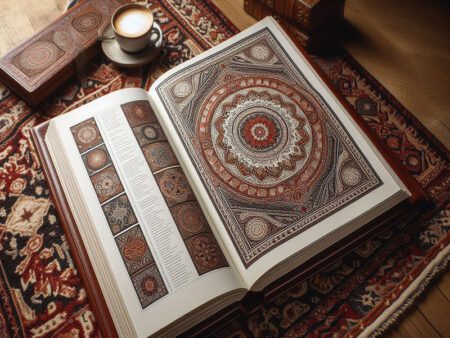
VERNA CARPET – Redesign by Parsineweb





Showing all 9 results
Bijar or Bidjar is a city in Kurdistan Province, which was once the capital of Garrus Province. This mountainous city is located 140 km from Sanandaj (the center of Kurdistan) and 450 km from Tehran. The people of this city speak Kurdish. Today, old rug merchants still call Bijar rugs, Garrus. The Bijar or Garrus carpet weaving area includes the town of Bijar and about 40 surrounding villages.
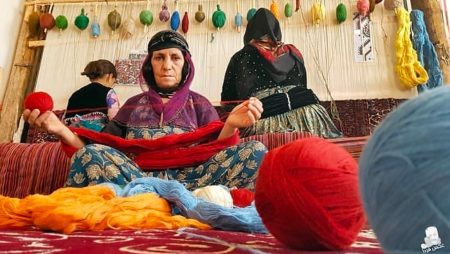
Kurdish women weaving a Bijar carpet
Bijar’s main handicrafts are handwoven rugs and kilims. The history of rugs with Bijar dates back to 1266 AH. A large number of Bijar rugs are now kept in museums abroad. Bijar Kilims also have many fans in the world due to their combination of patterns and colors and reasonable prices. If you are also interested in buying Bijar carpets, we recommend that you read the features of this rug below.
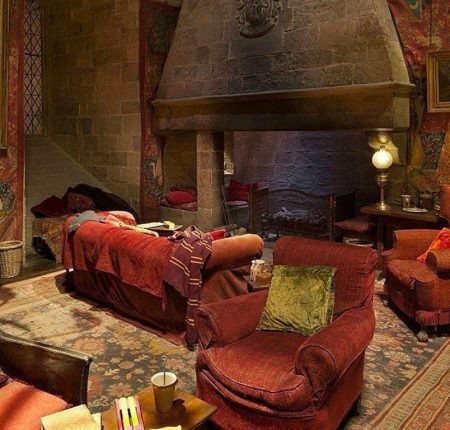
Iranian vintage Bijar carpet in Harry Potter cartoon
The Bijar rug, which is also called the Afshar rug, has a dense structure. In the past, the people of this region used 3 wefts, the first and third wefts were thick and the second weft was thin. But now the wefting method is done in two wefts. The reason for the strength of Bijar oriental rugs is that they wet the weft before using it. In the wet state, the weft is more flexible. After passing the weft, the comb is firmly struck on the rows of knots. When the weft dries, it contracts to some extent and a strong base is created.
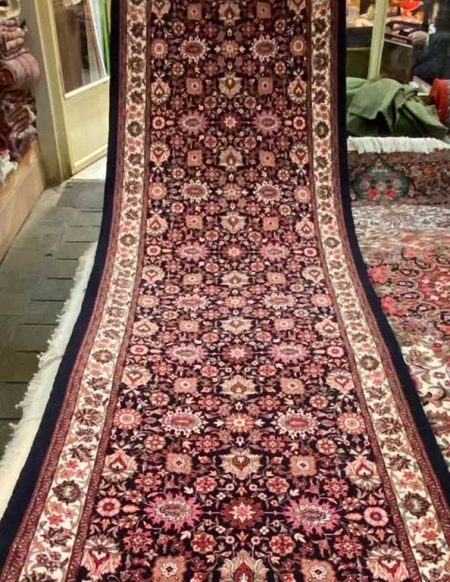
Bijar runner rug with Minakhani design
All antique Bijar rugs are woven in this way. The hand-spun wool of these rugs, along with the stable vegetable dyes, has made these rugs durable. The Persian Bijar carpet is known in Iran as the iron carpet. Perhaps one of the reasons that made Europeans interested in Iranian Bijar carpets is the Bijar carpet that was gifted to Napoleon by Hassan Ali Khan Amir-Nizam Garrusi.
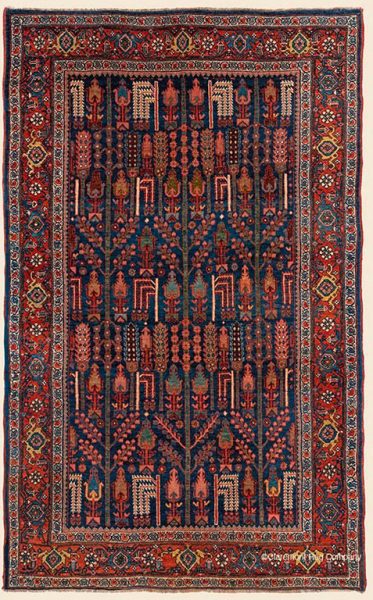
The Bijar carpet which is kept in America
Bijar rugs or Garrus rugs are mostly known for their warm and cheerful colors. The most important feature of the colors of this type of rug is their durability. The dyeing method is done in two ways: chemical and natural. There is a bold contrast between the colors used, which doubles the beauty of this carpet. Most of the colors seen in Bijar rugs are gold, navy, red, black, green, and pink. The colors of Bijar handmade rugs are reminiscent of the colors of the local clothes of Kurdistan.

Bijar rug in minimal decoration
• Hunting ground
• Pictures like Leily and Majnun
• Gul-Farang
• Crab
• Shirazi-Khatam
• Minakhani
• Eslimi
• Fish
• Geometric
• Mental designs

Bijar rug Fish design
Antique Bijar rugs are woven with symmetrical knots and an average density of 2000 to 2500 knots per square decimeter. As mentioned, Iranian handspun wool and the three-weft technique are used to weave these rugs. In these rugs, one or two wefts was moistened with water passed through the knots, and beaten with a comb until a dense texture was obtained.
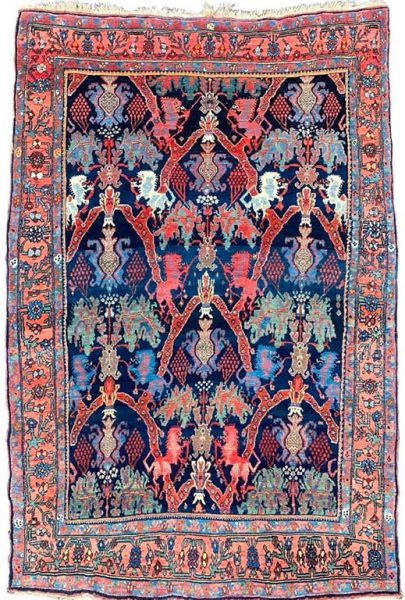
Antique Bijar rug in Garrus design
In antique Bidjar rugs, the warp is made of wool and the wefts are in the color of red or indigo. The presence of numerous wefts that are well placed together is the reason for the distinctive appearance and hardness of Bijar rugs.
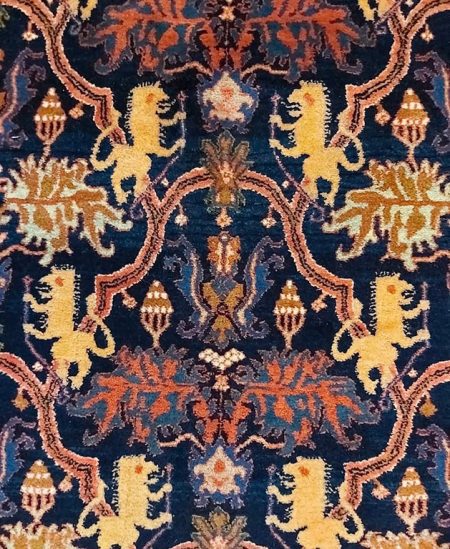
Lion elements in the Bijar rug
The carpets of the Bijar region have always been among the most durable and valuable rugs in the world and are admired by handmade rug enthusiasts around the world. The dimensions of the carpet, the quality of the wool, the density, and the type of design are among the factors that affect the price of the Bijar rug. The fish and medallion designs are considered to be the most popular designs of the Bijar carpet, which have a great impact on the Bidjar rug value. In general, and considering the quality and strength, the Bijar rug has a reasonable price compared to other Iranian handmade rugs.
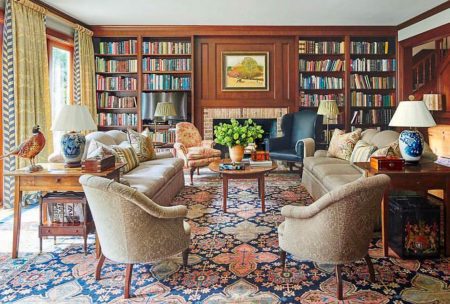
Antique Persian Bijar rug